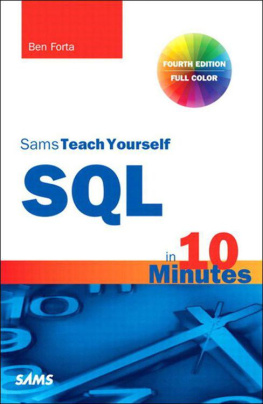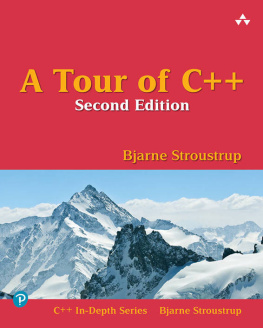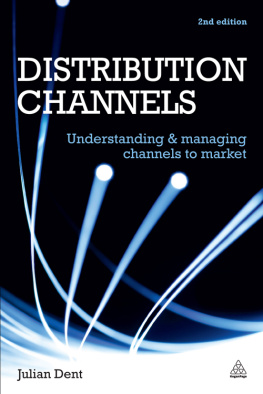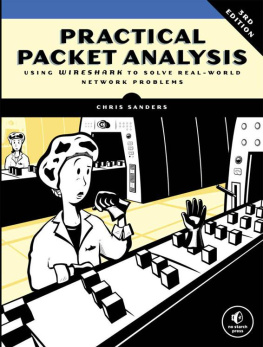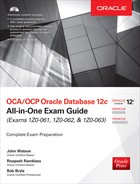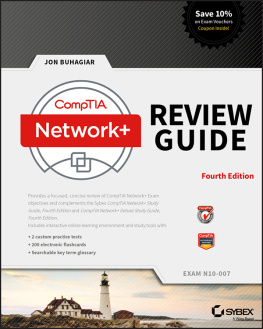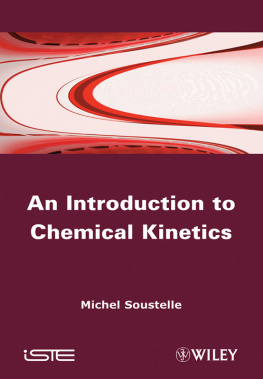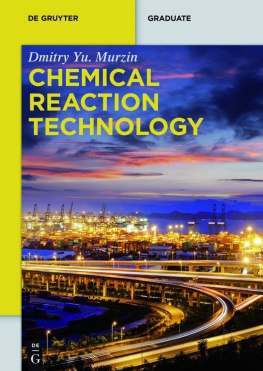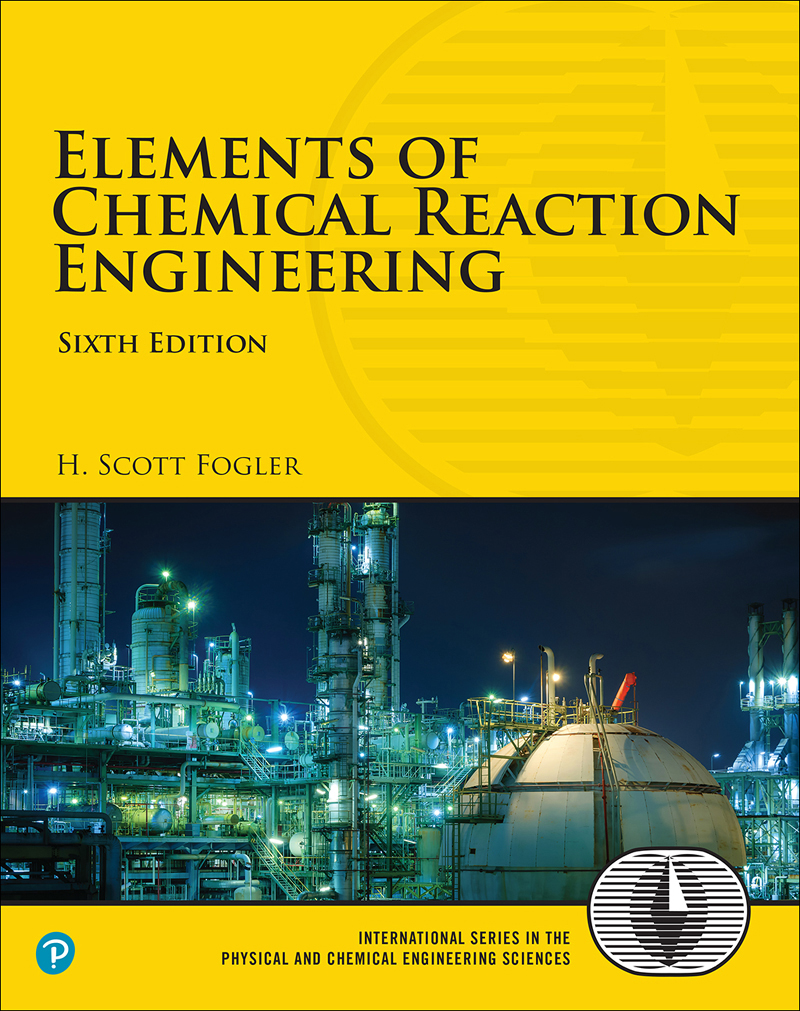Elements of Chemical Reaction Engineering
Sixth Edition
H. Scott Fogler
Ame and Catherine Vennema Professor of Chemical Engineering
and the Arthur F. Thurnau Professor
The University of Michigan, Ann Arbor

Boston Columbus New York San Francisco Amsterdam Cape Town
Dubai London Madrid Milan Munich Paris Montreal Toronto Delhi Mexico City
So Paulo Sydney Hong Kong Seoul Singapore Taipei Tokyo
Many of the designations used by manufacturers and sellers to distinguish their products are claimed as trademarks. Where those designations appear in this book, and the publisher was aware of a trademark claim, the designations have been printed with initial capital letters or in all capitals.
Microsoft and/or its respective suppliers make no representations about the suitability of the information contained in the documents and related graphics published as part of the services for any purpose. All such documents and related graphics are provided as is without warranty of any kind. Microsoft and/or its respective suppliers hereby disclaim all warranties and conditions with regard to this information, including all warranties and conditions of merchantability, whether express, implied or statutory, fitness for a particular purpose, title and non-infringement. In no event shall Microsoft and/or its respective suppliers be liable for any special, indirect or consequential damages or any damages whatsoever resulting from loss of use, data or profits, whether in an action of contract, negligence or other tortious action, arising out of or in connection with the use or performance of information available from the services.
The documents and related graphics contained herein could include technical inaccuracies or typographical errors. Changes are periodically added to the information herein. Microsoft and/or its respective suppliers may make improvements and/or changes in the product(s) and/or the program(s) described herein at any time. Partial screen shots may be viewed in full within the software version specified.
The author and publisher have taken care in the preparation of this book, but make no expressed or implied warranty of any kind and assume no responsibility for errors or omissions. No liability is assumed for incidental or consequential damages in connection with or arising out of the use of the information or programs contained herein.
For information about buying this title in bulk quantities, or for special sales opportunities (which may include electronic versions; custom cover designs; and content particular to your business, training goals, marketing focus, or branding interests), please contact our corporate sales department at or (800) 382-3419.
For government sales inquiries, please contact .
For questions about sales outside the U.S., please contact .
Visit us on the Web: informit.com
Library of Congress Control Number: 2019955142
Copyright 2020 Pearson Education, Inc.
Cover image: manine99/Shutterstock
All rights reserved. This publication is protected by copyright, and permission must be obtained from the publisher prior to any prohibited reproduction, storage in a retrieval system, or transmission in any form or by any means, electronic, mechanical, photocopying, recording, or likewise. For information regarding permissions, request forms and the appropriate contacts within the Pearson Education Global Rights & Permissions Department, please visit www.pearson.com/permissions/.
ISBN-13: 978-0-13-548622-1
ISBN-10: 0-13-548622-X
ScoutAutomatedPrintCode
Dedicated to
Janet Meadors Fogler
For her companionship, encouragement,
sense of humor, love, and support throughout the years
Introduction
The man who has ceased to learn ought not to be allowed
to wander around loose in these dangerous days.
M. M. Coady
A. Who Is the Intended Audience?
This book was written with todays students in mind. It provides instantaneous access to information; does not waste time on extraneous details; cuts right to the point; uses more bullets to make information easier to access; and includes new, novel problems on chemical reaction engineering (e.g., solar energy).) breaks new ground and provides one of the most comprehensive active learning resources available. With the advent of sliders in both Wolfram and Python, students can explore the reactions and the reactor in which they occur, by carrying out simulation experiments and then writing a set of conclusions to describe what they found.
).
This book and interactive Web site are intended for use as both an undergraduate-level and a graduate-level text in chemical reaction engineering. The undergraduate course/courses usually focus on ) along with the additional material and Professional Reference Shelf (PRS) on the Web site.
This edition emphasizes chemical reactor safety by ending each chapter with a safety lesson called And Now A Word From Our Sponsor-Safety (AWFOSS). These lessons can also be found on the Web site at http://umich.edu/~safeche/.
B. What Are the Goals of This Book?
B.1 To Have Fun Learning Chemical Reaction Engineering (CRE)
Chemical reaction engineering (CRE) is a great subject that is fun to learn and is the heart of chemical engineering. I have tried to provide a little Michigan humor as we go. Take a look at the humorous YouTube videos (e.g., Black Widow or Chemical Engineering Gone Wrong) that illustrate certain principles in the text. These videos were made by chemical engineering students at the universities of Alabama and Michigan. In addition, I have found that students enjoy the Interactive Computer Games (ICGs) that, along with the videos, are linked from the CRE homepage (http://www.umich.edu/~elements/6e/index.html).
B.2 To Develop a Fundamental Understanding of Reaction Engineering
The second goal of this book is to help the reader clearly understand the fundamentals of CRE. This goal is achieved by presenting a structure that allows the reader to solve reaction engineering problems through reasoning rather than through memorization and recall of numerous equations and the restrictions and conditions under which each equation applies (


